How to Conduct User Interviews That Uncover Game-Changing In
how to conduct user interviews: You’ve poured your heart, soul, and probably way too much caffeine into building your product. It’s your baby. But now c — learn

You’ve poured your heart, soul, and probably way too much caffeine into building your product. It’s your baby. But now comes the scary part: showing it to the world. How do you know if you've built something people actually want? The answer is simpler than you think, and it starts with a conversation. This guide will walk you through exactly how to conduct user interviews to get the honest, actionable feedback you need to build a product people love. For early-stage builders, this isn't just a "nice-to-have" step; it's the foundation of a successful launch, helping you find your first true fans and validate your ideas before you run out of steam.
Getting those first users can feel like shouting into the void, especially when you're just starting. You need a way to get early eyes on your project without a massive marketing budget. That's where finding the right community comes in. Platforms like ShipSquad — Launch your product, get early eyes, and backlinks too. (shipsquad.space) are designed specifically for this, connecting you with early adopters eager to give feedback. But once you find them, what do you say? Let's dive in.
Table of Contents
- Why User Interviews Are Your Secret Weapon
- Phase 1: The Prep Work - Setting Yourself Up for Success
- Step 1: Define Your Goals (What Do You Really Want to Learn?)
- Step 2: Find the Right People to Talk To
- Step 3: Crafting Your Interview Script (But Don't Stick to It)
- Phase 2: The Main Event - How to Conduct User Interviews Like a Pro
- Setting the Stage: Make Them Feel Comfortable
- The Art of the Open-Ended Question
- Listen More, Talk Less
- Dig Deeper: The Power of "Why?"
- Phase 3: After the Interview - Turning Conversations into Action
- Synthesize Your Findings
- Look for Patterns, Not Just Answers
- Common Mistakes to Avoid When You Conduct User Interviews
- Tools to Help You Find and Manage Interviewees
- Conclusion: Your Next Conversation Could Change Everything
- Recommended Videos
- Frequently Asked Questions (FAQs)
Why User Interviews Are Your Secret Weapon
Let's be real. Surveys are easy, but they're flat. They give you the "what," but rarely the "why." A user interview, on the other hand, is a deep dive into someone's world. It's where you uncover their frustrations, their workarounds, and the "aha!" moments that your product can deliver.
Recent research indicates that teams that conduct regular user research are significantly more likely to build successful products. In fact, data shows that fixing a problem in development is up to 100 times cheaper than fixing it after launch. Think about that. A few hours of conversation now could save you months of wasted effort later. Learning how to conduct user interviews effectively is one of the highest-leverage skills you can build as a founder.
Phase 1: The Prep Work - Setting Yourself Up for Success
Great interviews don't just happen. They're the result of thoughtful preparation. Rushing this stage is like trying to build a house without a blueprint.
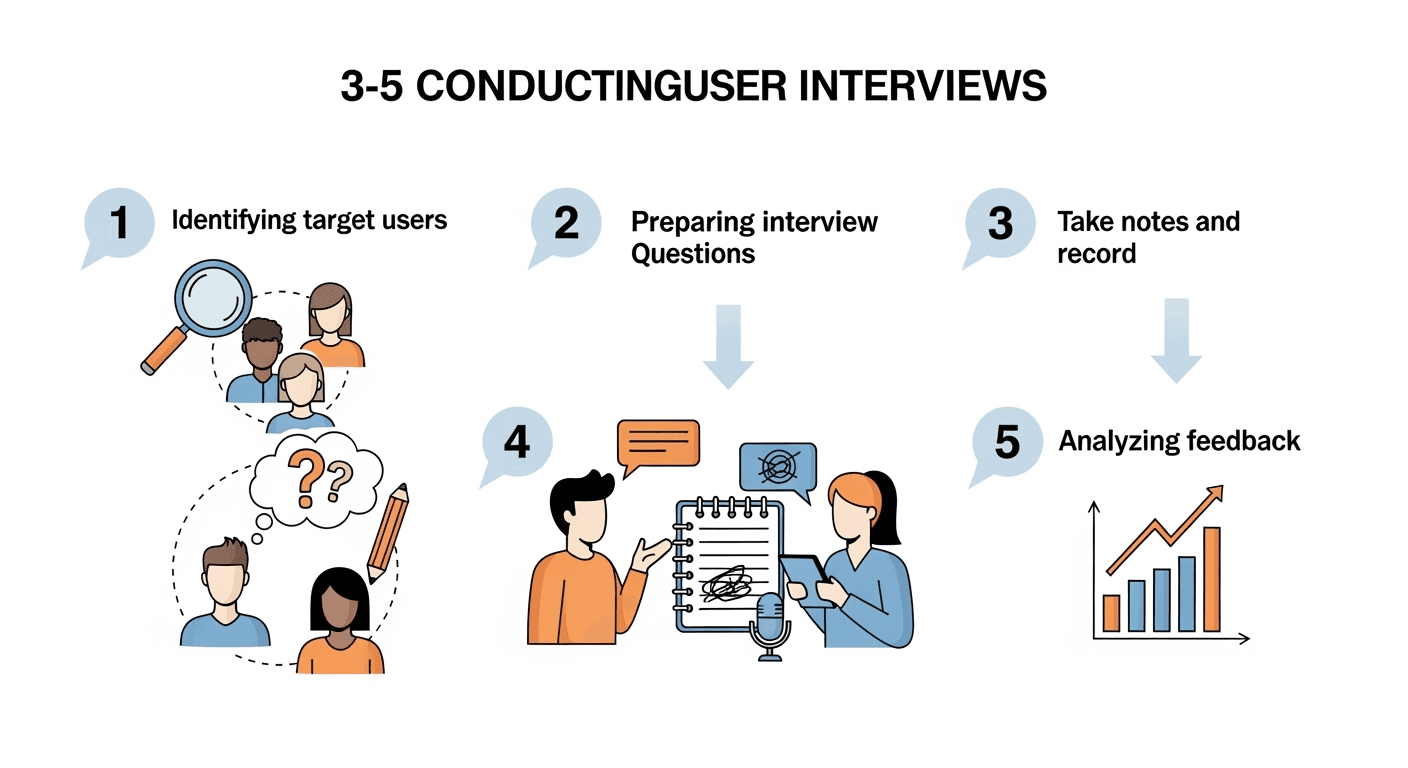
Step 1: Define Your Goals (What Do You Really Want to Learn?)
Before you even think about who to talk to, you need to know why you're talking to them. Are you trying to validate a new feature idea? Understand why users are dropping off during onboarding? Or maybe you're just trying to figure out if your core problem is a real problem for anyone.
Get specific. A vague goal like "get feedback on my app" will lead to vague answers. A better goal would be: "Understand how first-time indie makers currently get their first 10 backlinks."
This single step will guide every other part of your process for how to conduct user interviews.
Step 2: Find the Right People to Talk To
This is often where early-stage founders get stuck. You need feedback, but you don't have an audience. So, where do you find these magical first users?
- Your Personal Network: Start with friends, family, and former colleagues who fit your target user profile. Just be careful—they might be too nice to give you brutally honest feedback.
- Online Communities: Reddit, Slack groups, and Indie Hackers are goldmines. Find where your target audience hangs out and become a genuine member of the community. Don't just spam your link. Offer value first.
- Launch Platforms for Early Adopters: This is where the magic happens for new products. You need a platform that attracts curious, tech-savvy users who want to try new things.
This is precisely the problem ShipSquad — Launch your product, get early eyes, and backlinks too. (shipsquad.space) was built to solve. It’s a free platform where you can launch your product to a built-in audience of early adopters. The best part? You're not just getting feedback; you're getting visibility and valuable backlinks that help with SEO from day one. It's a launchpad designed for builders who need that initial traction.
Mini Case Study #1: The SaaS That Almost Wasn't
A small team was building a project management tool for remote-first creative agencies. They spent months on a complex feature for tracking non-billable hours. Before launching, they decided to conduct a few user interviews. They quickly discovered their target users didn't care about tracking non-billable time; their biggest pain was client communication and approval workflows. They scrapped the complex feature, built a simple client portal instead, and saw a 40% increase in trial-to-paid conversions within two months of launching. Those five conversations saved them from building the wrong product.
Step 3: Crafting Your Interview Script (But Don't Stick to It)
A script is your safety net, not a cage. It ensures you cover your key questions but allows for conversational detours. Your script should feel like a natural conversation flow.
A simple structure:
- The Welcome (2 mins): Thank them for their time, explain the purpose of the interview (you're learning, not selling), and ask for permission to record.
- The Warm-Up (5 mins): Ask easy, open-ended questions about them and their role. Get them talking. "Tell me a bit about what you do."
- The Core Problem (15 mins): This is the heart of it. Ask about their current process, their pains, and their goals related to the problem you're solving. "Walk me through the last time you tried to [achieve a specific goal]."
- The Solution (Optional, 5 mins): If you have a prototype, now's the time to show it. If not, you can talk about your proposed solution. "If you had a magic wand to solve this, what would it do?"
- The Wrap-Up (3 mins): Thank them again, ask if they have any questions for you, and let them know what the next steps are.
Remember, the goal of this process is to learn. Knowing how to conduct user interviews is less about asking the right questions and more about creating a space for honest answers.
Phase 2: The Main Event - How to Conduct User Interviews Like a Pro
You've done the prep work. Now it's time to talk to a real, live human. Don't panic.
Setting the Stage: Make Them Feel Comfortable
Your interviewee is doing you a huge favor. Your job is to make this a pleasant, easy experience for them. Start with a genuine smile and a warm tone. Reiterate that there are no right or wrong answers and that you're just looking to understand their perspective. You're not testing them; you're testing your own ideas.
The Art of the Open-Ended Question
The single biggest mistake people make is asking yes/no questions. A "yes" or "no" ends the conversation. An open-ended question invites a story.
- Instead of: "Do you like this feature?"
- Try: "Walk me through how you might use this feature."
- Instead of: "Is getting backlinks a problem for you?"
- Try: "Tell me about your experience with getting your first few backlinks."
See the difference? The first is a dead end. The second is an invitation.
Listen More, Talk Less
You should be listening about 80% of the time. This is hard, especially when you're passionate about your product. You'll be tempted to jump in, correct them, or sell them on a feature. Resist this urge.
Embrace the awkward silence. When you ask a question, pause. Let them think. Sometimes the most valuable insights come after a few seconds of silence when the person has had a chance to reflect.
Dig Deeper: The Power of "Why?"
When a user tells you something interesting, don't just nod and move on. Gently probe for more detail. "Why?" is your best friend.
- User: "I find our current process for that really frustrating."
- You: "That's interesting. Can you tell me a bit more about what makes it frustrating?" or "Why is that frustrating for you?"
This is how you get from surface-level complaints to the root cause of the problem. That root cause is where your opportunity lies. This is the essence of how to conduct user interviews that lead to real breakthroughs.
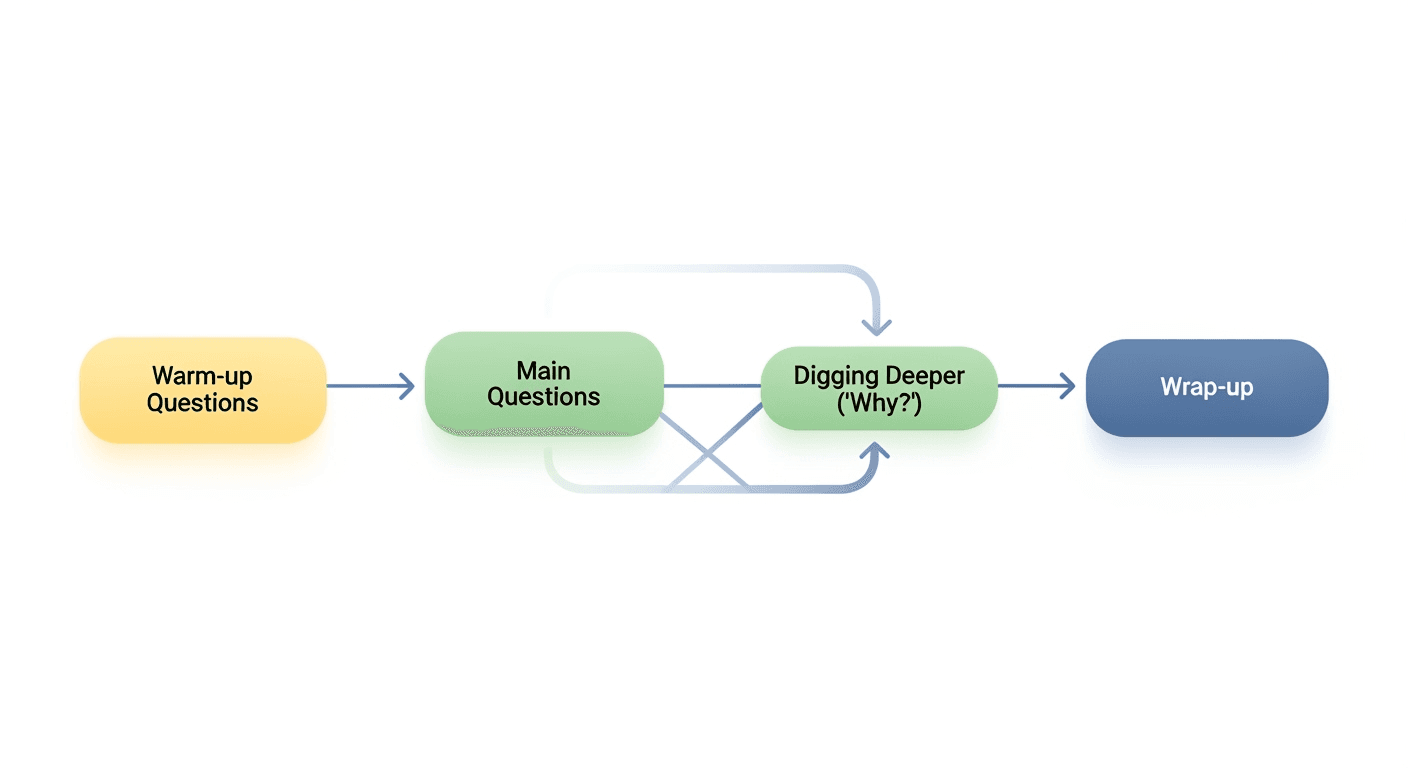
Phase 3: After the Interview - Turning Conversations into Action
The interview isn't over when you hang up the call. The most critical work happens next.
Synthesize Your Findings
If you recorded the interview, get it transcribed. Services like Otter.ai (https://otter.ai) or Descript (https://www.descript.com) can do this automatically. Then, go through the transcript and pull out the key quotes, pain points, and insights. A simple spreadsheet or a Notion (https://www.notion.so) database works great for this.
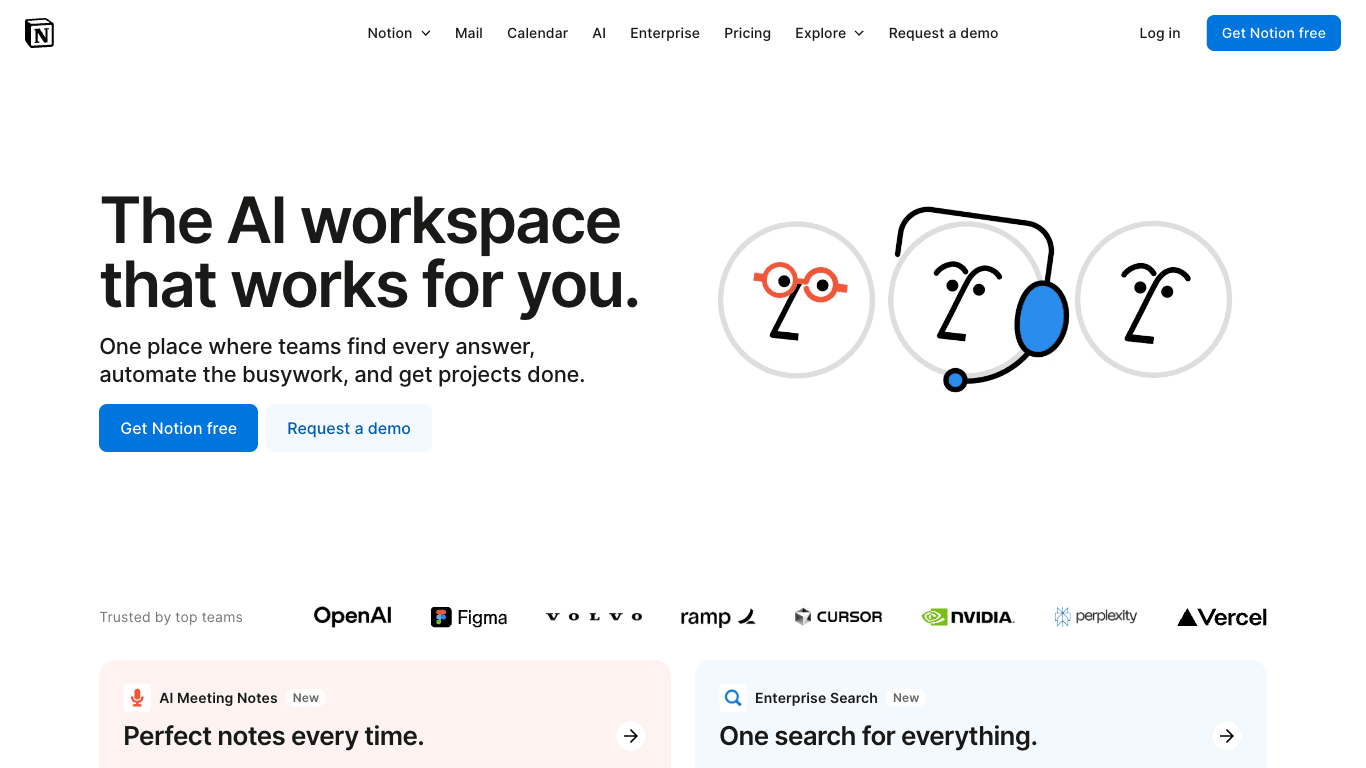
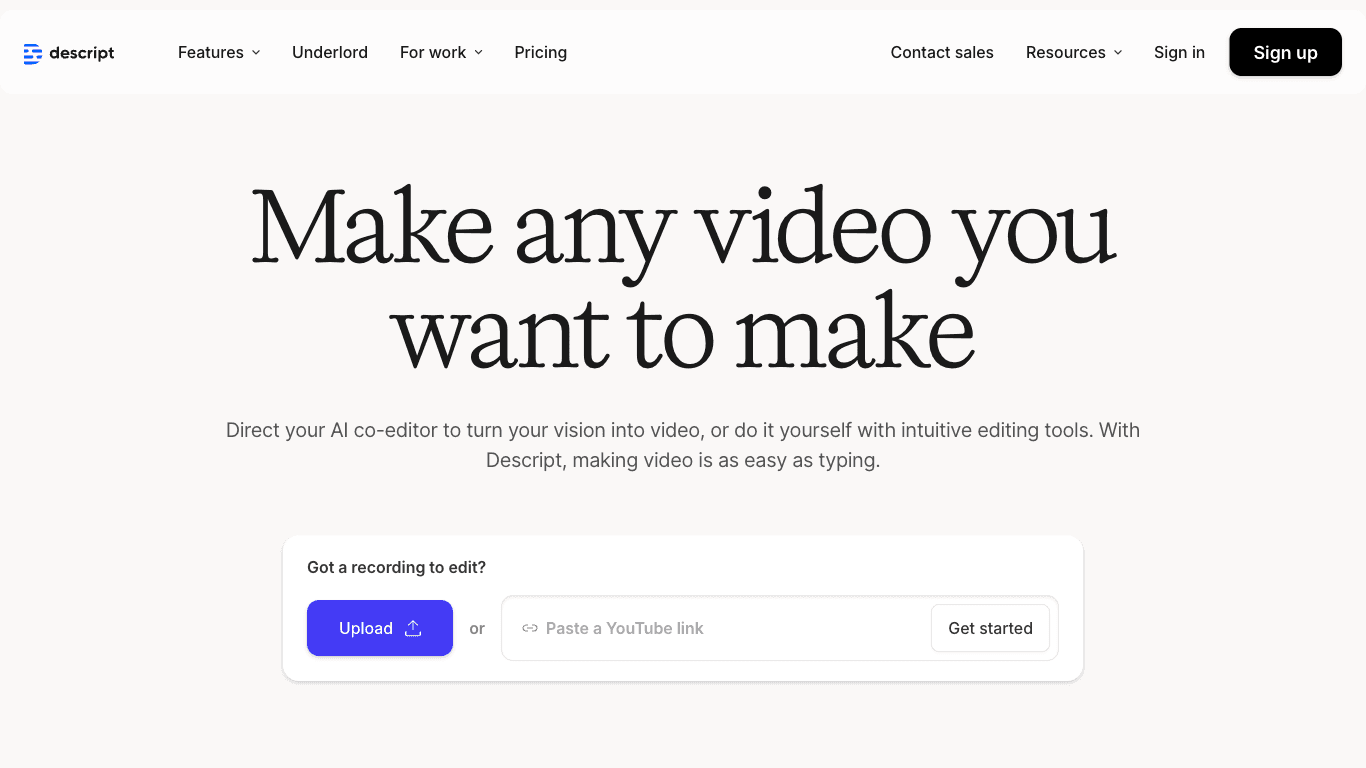
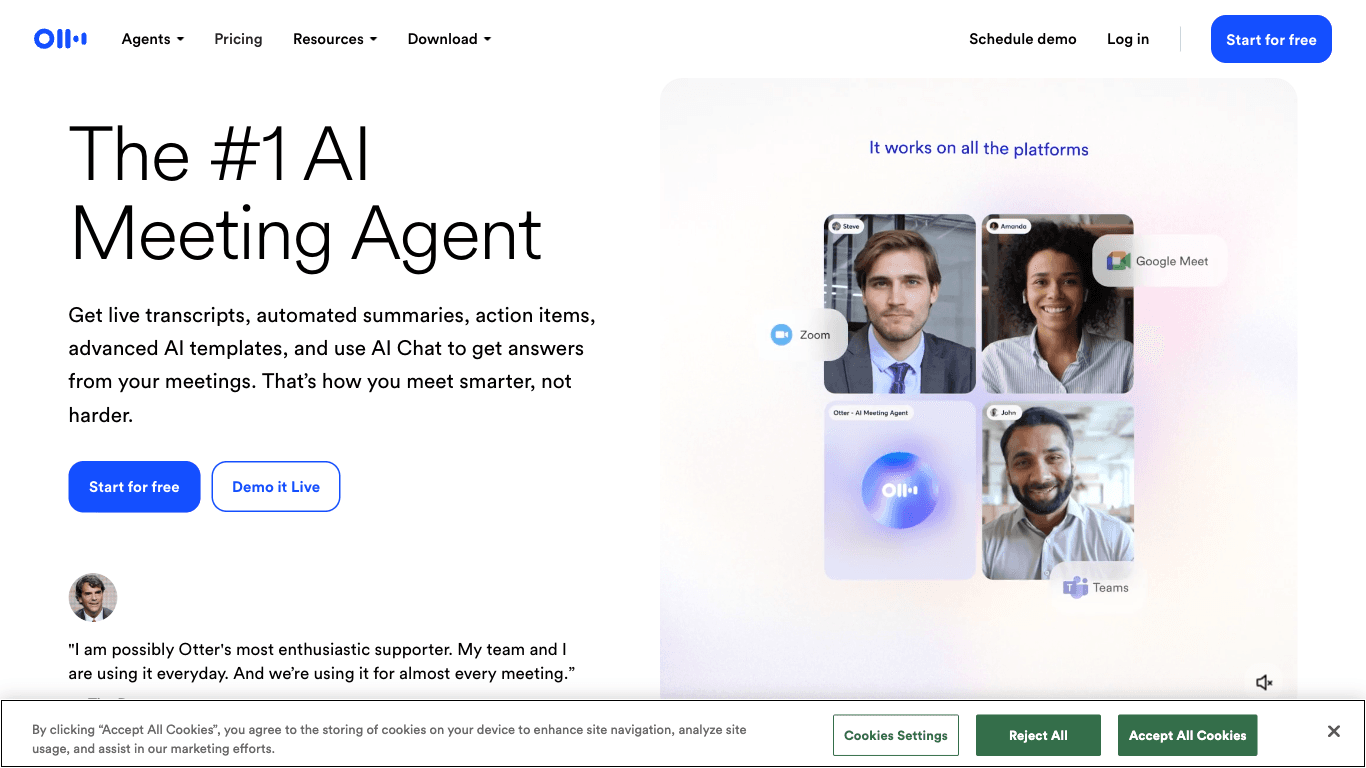
For each interview, note:
- Key pain points mentioned.
- Direct quotes that stand out.
- Surprising behaviors or workarounds.
- Goals and motivations.
Look for Patterns, Not Just Answers
After three to five interviews, you'll start to see patterns emerge. Don't treat every piece of feedback as a command. One person's opinion is an anecdote. The same opinion from five people is a pattern.
These patterns are your roadmap. They tell you which features to prioritize, what language to use in your marketing, and which problems are most urgent to solve. This is the entire point of learning how to conduct user interviews.
Mini Case Study #2: ShipSquad's Early Feedback Loop
Imagine a solo developer, "Alex," who just built a cool productivity app. Alex had no audience and no budget. Alex listed the app on ShipSquad (shipsquad.space). Within 48 hours, 15 early adopters had signed up. Alex reached out to five of them for a quick 20-minute user interview. The feedback was invaluable. Users loved the core concept but were confused by the main navigation. It was a simple fix that Alex implemented in a day. That one small change, identified through interviews with users from ShipSquad, reduced user drop-off by over 60% in the first week.
Common Mistakes to Avoid When You Conduct User Interviews
Learning how to conduct user interviews also means learning what not to do.
- Asking Leading Questions: "Don't you think this feature is great?" This just encourages people to agree with you.
- Talking About Hypotheticals: "Would you pay for this?" People are terrible at predicting their own future behavior. Instead, ask about past behavior: "Tell me about the last time you paid for a tool to solve this problem."
- Selling Instead of Listening: Remember, this is a research session, not a sales demo. Your goal is to learn, not to convince.
- Interviewing Only Your Friends: They love you, but they'll likely hold back the harsh truths you need to hear.
- Not Offering an Incentive: Your participants' time is valuable. A small gift card ($20-$50) or a free subscription to your product shows you appreciate their input.
Tools to Help You Find and Manage Interviewees
Finding and scheduling can be a hassle. Here are a few tools to make your life easier.
| Tool/Platform | Best For | Key Advantage |
|---|---|---|
| Calendly (https://calendly.com) | Scheduling interviews | Eliminates the back-and-forth of finding a time that works. |
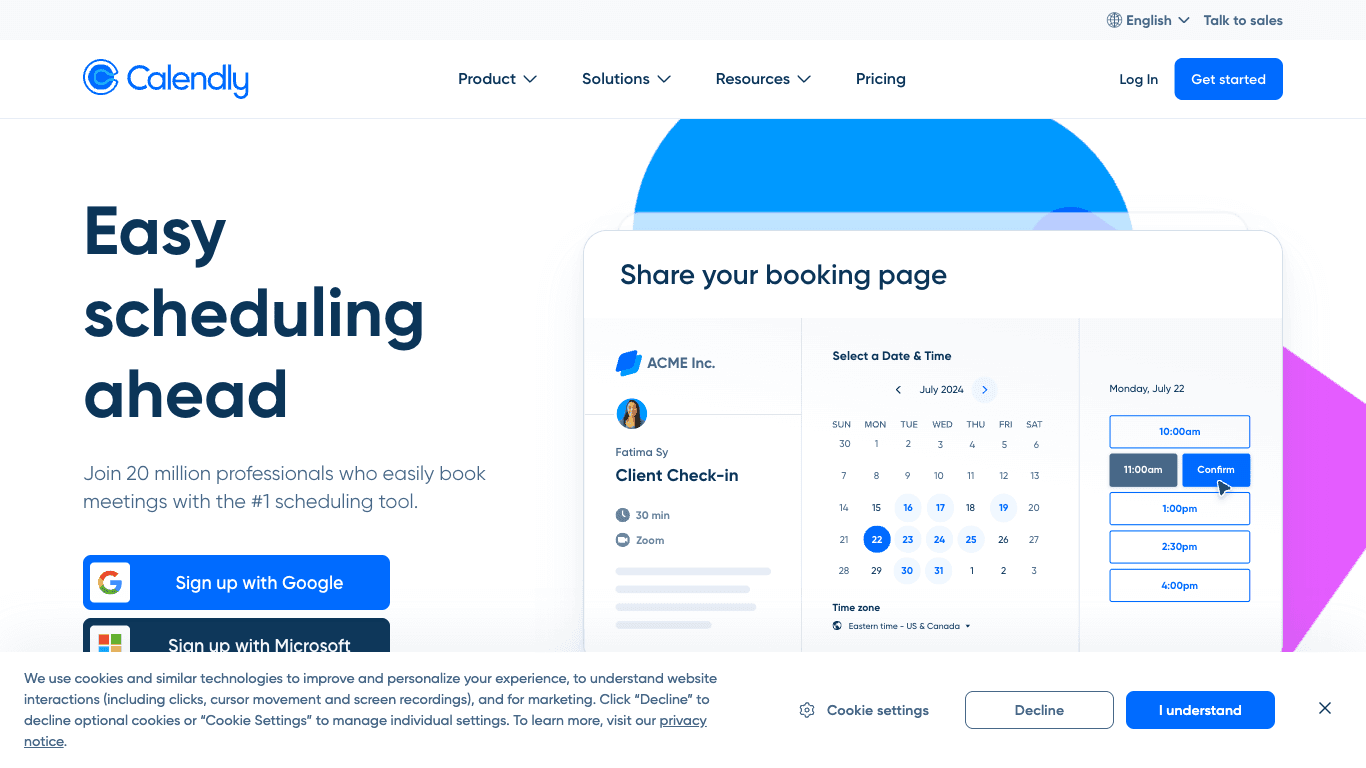
| ShipSquad (shipsquad.space) | Finding early adopters for new products | Free platform to launch, get your first users, and build valuable backlinks. Perfect for indie makers. |
| Zoom (https://zoom.us) | Conducting remote interviews | Easy to use, reliable, and has built-in recording features. |
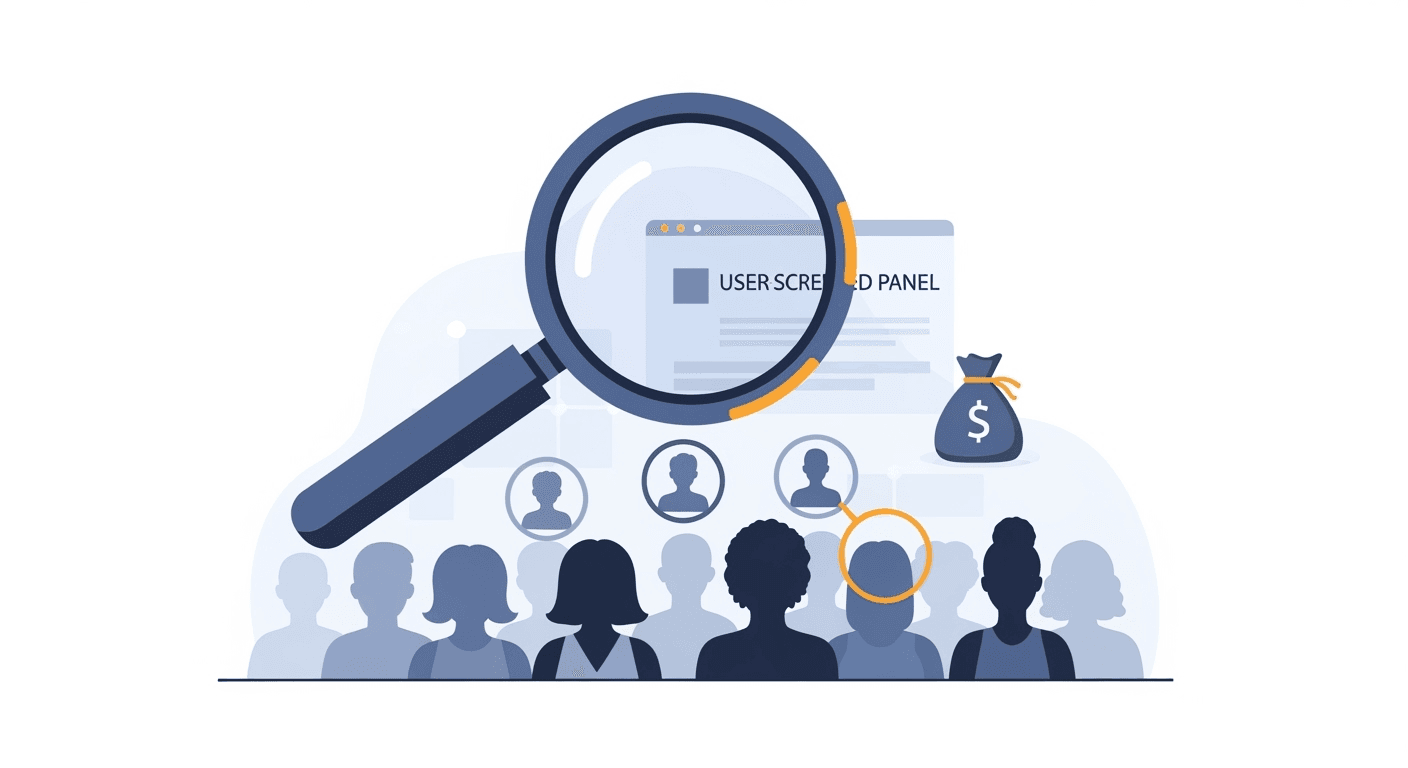
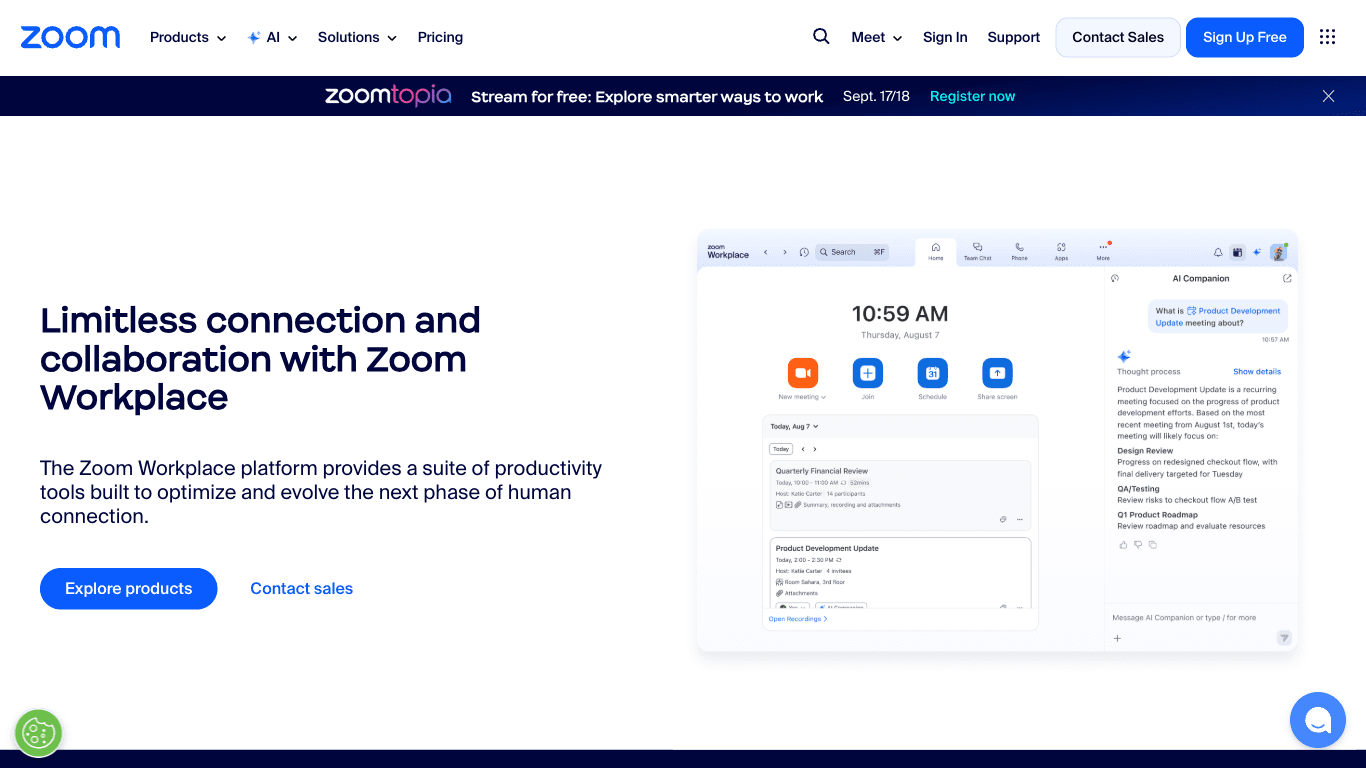
Our Recommendation
For indie makers and early-stage startups, the biggest hurdle isn't the interview itself; it's finding people to talk to in the first place without breaking the bank. This is where ShipSquad shines. It's not just a directory; it's a community built around the excitement of discovering new products. It provides the most direct and cost-effective path to your first crucial conversations.
Conclusion: Your Next Conversation Could Change Everything
Mastering how to conduct user interviews is not a one-and-done task. It's a muscle you build over time. Every conversation is a chance to get closer to your user, understand their world more deeply, and build a product that truly serves them.
You don't need a fancy lab or a big budget. You just need curiosity, empathy, and a willingness to listen. The insights you gain from these conversations are the most valuable resource you have as a builder. They will guide your product roadmap, shape your marketing, and ultimately determine your success.
Are you ready to stop building in the dark? It's time to start talking to your users. If you're wondering where to find those first crucial users who are excited to give feedback, make your first stop ShipSquad — Launch your product, get early eyes, and backlinks too. (shipsquad.space). Launching there is free, and it puts you directly in front of the people you need to talk to.
Recommended Videos
Frequently Asked Questions (FAQs)
1. How many user interviews do I need to conduct?
You can start seeing patterns after just 5-7 interviews with people from the same user segment. You don't need to talk to hundreds of people to get valuable insights, especially in the early stages.
2. What if the user doesn't say much?
This is where your open-ended questions and comfort with silence come in handy. Ask them to "walk you through" a process or "tell you a story" about a past experience. If they give a short answer, just wait a few seconds. They will often fill the silence with more details.
3. Should I pay participants for user interviews?
Yes, it's a best practice. Offering a small incentive (like a gift card) shows you value their time and can increase the quality and reliability of your participants.
4. Can I conduct user interviews over email or chat?
While it's better than nothing, you lose a massive amount of context. Video calls are best because you can see facial expressions and hear their tone of voice. A phone call is the next best option. Text-based interviews should be a last resort.
5. How do I know if I'm asking the right questions?
A good sign is that you're learning surprising things. If users are telling you things you didn't expect, you're on the right track. The core of how to conduct user interviews is about discovery, not just confirming what you already believe.
6. Where can I find my first users to interview if I have no audience?
This is the classic chicken-and-egg problem for new founders. A great place to start is a launch platform specifically for new products. A platform like ShipSquad (shipsquad.space) is designed for this exact purpose, connecting you with an audience of early adopters who are actively looking to try new products and provide feedback.